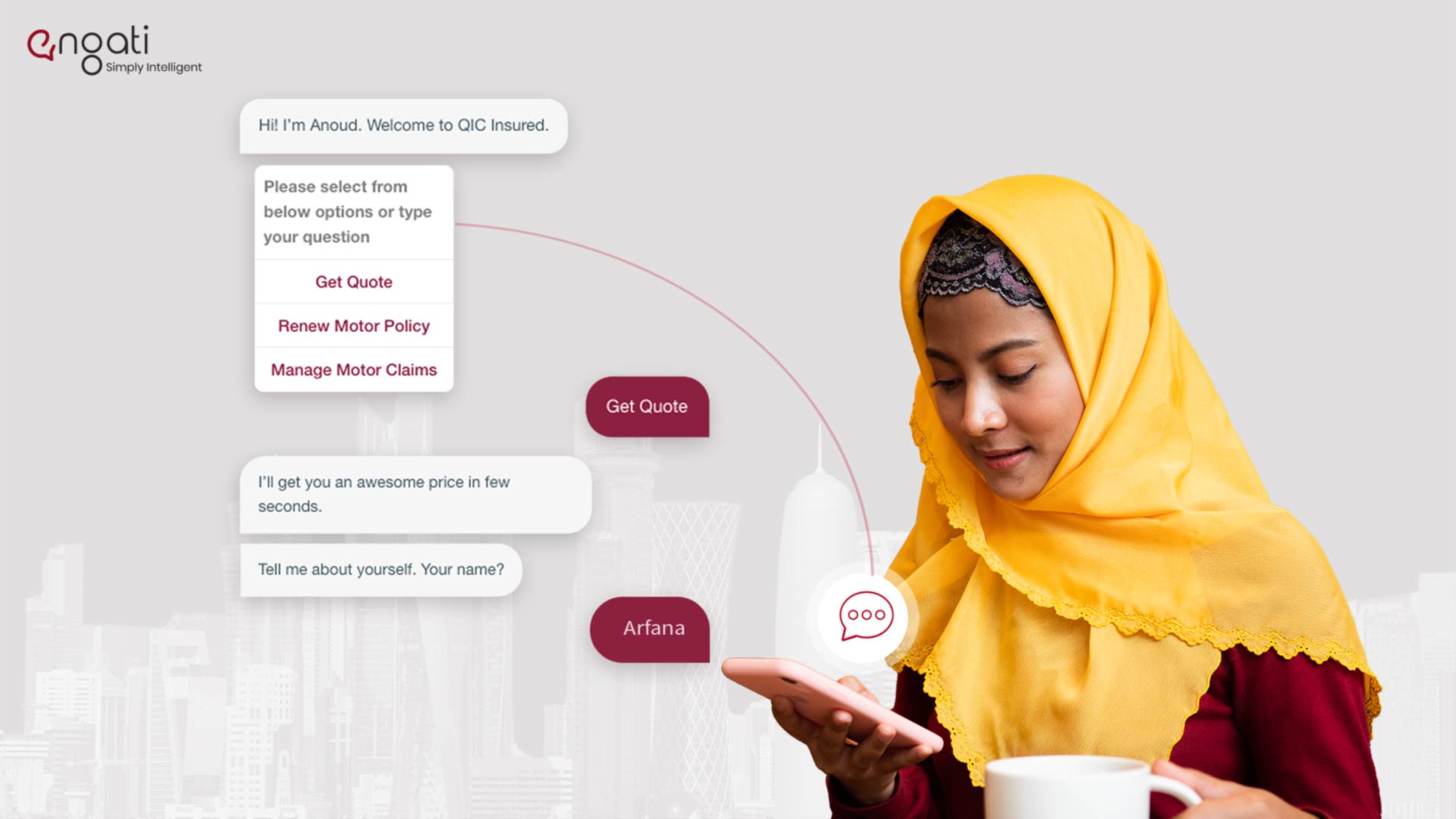A friend of mine recently told me that she broke her phone and was complaining that the new iPhone is terribly expensive. When I asked her if that was incentive enough for her to switch to another brand, she simply replied, “Oh, I couldn’t even imagine myself using anything other than an iPhone”.
Curious, I asked why and all she said was, “Ughh, Android phones are so complicated! I could never figure them out.”
Wait a minute. Apple seems to be onto something.
Think about it. When was the last time you actually read a manual before using an Apple product?
They don’t even send user guides along their products. Their systems are just so intuitive that you can figure them out with minimal effort.
Apple’s secret is actually rather simple.
Three words: reduce customer effort.
The secret sauce is simply to make their customers’ lives as easy as possible. In fact, this is deeply ingrained in both the company cultures.
Apple focuses strongly on creating what Ricardo Saltz Gulko would call, ‘Simplified Experiences’. In fact, one of their company values is literally, ‘We believe in the simple, not the complex’. This doesn’t mean they hate complexity. It means they’re willing to make the effort to create complex systems that result in simplified experiences.
Similarly, one of Amazon’s tenets of customer service (which I will touch upon later in this article) is focused on reducing customer effort. They value this so much that they put it up all over their offices.
But, I won’t bore you with assertions. Here are a few additional examples of Amazon and Apple striving to reduce customer effort.

1-Click ordering
Way back in 1999, when Amazon was just the world’s largest bookstore, the world was still adjusting to e-commerce. We weren’t particularly comfortable with it yet.
Now, if a customer is trying to do something they’re already uncomfortable with and you make it even harder, they might just decide to quit. And that was happening, a lot.
Customers were abandoning their carts because it was too hard to place orders. It took too much effort to enter their information every single time.
So, Amazon came up with 1-Click ordering, which allowed customers to enter their payment details and shipping address once and use that for all future orders.
When customers click on ‘Buy now with 1-click’, their orders are automatically charged to the payment method and shipped to the address that they set earlier.
It was so valuable that Amazon actually patented it.
Rival bookstore, Barnes & Noble also saw the benefit in this and tried to copy it, illegally. On Jan 1st, 2002, Amazon went after them and filed a lawsuit against Barnes & Noble alleging patent infringement.
But, Barnes & Noble weren’t the only ones to see the value in Amazon’s 1-Click system. Apple knew how important it is to make their customers’ lives easier and licensed the 1-Click ordering system from Amazon for $1 million in 2000.
Apple did not just stop there. If you go through a purchase online or in-store, they will remember a lot from what you have purchased before. And this in a way makes the shopping experience delightful / low-friction
Easy returns
Making it easy to return purchases was actually the secret behind Zappos’ (now owned by Amazon) success.
Amazon allows you to return most of the items you’ve ordered with relative ease. In fact, most of the time you won’t even have to print a return label, their packages come with a prepaid, printed return label. This is now the accepted standard with most prominent online retailers.
Amazon Go
One of the most annoying things about shopping at a convenience store is the checkout line. It isn’t particularly surprising to see families send one member to wait in line with the cart while the others continue looking for products.
Amazon is experimenting with getting rid of this frustrating experience with their Amazon Go stores.
Go stores have the technology to automatically detect when products are taken from shelves or returned to them. And when you’re done shopping, you don’t need to wait in a checkout line. Their ‘Just Walk Out Technology’ allows you to simply stroll out of their store with the products and they directly charge your Amazon account.
Does your customer experience need to be easier? Calculate your Customer Effort Score (CES)
Your Customer Effort Score shows you how easy it is for your customers to do business with you. The higher your score, the easier your customer experience is.
To calculate your Customer Effort Score, you will need to conduct a survey asking your customers how easy it was for them to do business with you. Their answers should be recorded on a 7-point Likert scale.
Now calculate your Customer Effort Score (CES) by finding out the percentage of customers who scored you at 5, 6, or 7.
CES = (Number of respondents who selected 5, 6, or 7)/(Total respondents) x 100
So, how do you reduce your customer effort?
Take inspiration from the greats. You don’t need to reinvent the wheel. Here are a few simple things you can do to minimize customer effort:
Take Amazon's 1-click checkout as an example. Innovate on what you can do to eliminate steps in the checkout process.
Don’t worry. You won’t have to pay Amazon a million bucks (or get sued). Their patent expired in 2017 and you are now free to build on the concepts behind the one-click checkout system.
This not only reduces customer effort, it also increases brand trust.
When Zappos did this, they were afraid of people abusing the policy. But what they ended up noticing was that customers not only ordered more products, they kept them more.
Simply knowing that they could return the product if they needed to made them open to actually ordering. And then the endowment effect plays in.
The Endowment Effect is a phenomenon in which we tend to value things that we have much more than they are actually worth. The fear of losing something is greater than the urge to gain something.
Essentially, the return policies make it easier for customers to make a purchase, but once they do make that purchase, they don’t want to return the product (even if they bought it just to try it out).
Let’s say that a customer tries reaching out to you over a Twitter message. If she doesn’t get a reply immediately, she’ll switch to WhatsApp. Maybe she messages you on your website too.
Now, if you have different agents handle each channel, they may not know about the conversations over the other channels. The poor customer will be forced to repeat everything that she said on WhatsApp while conversing over Twitter. 89% of customers get terribly annoyed if they have to repeat themselves to multiple agents.
Instead, you could use a system like Engati Live Chat, which allows you to stitch conversations across 14 channels so that your agents always have context about previous conversations.
Annoyed customers can be extremely valuable. They can help you innovate and improve your business processes dramatically. Don’t look at critical feedback just as something that brings the team down.
In fact, National Australia Group actually has designated reps whose main aim is to call customers who have given them extremely low scores and to understand their grievances.
Getting on a customer service call, waiting on hold before you reach an agent, relating your problems to them and then having them tell you that they can’t solve your issue is an absolute nightmare.
Now you have to repeat the process, wait on hold for ages and hope that the new agent is equipped to give you the right answers.
Imagine, instead, being able to route conversation to the correct agent, the very first time. Engati Live Chat’s intelligent, context-based conversation routing can help you with that. How do you think that feels to the customer?

Taking this forward
One of Amazon's tenets of customer service is purely focused on reducing (or rather, eliminating) customer effort.
Here’s what it says:
“Eliminate customer effort through this sequential and systematic approach: defect elimination, self-service, automation, and support from an expert associate.”
By eliminating defects, there’s less of a need for them to reach out to you.
By implementing self-service and automated service options, you could solve them much faster.
And, if it's a rather complex query, then transfer it over to a live agent.
Start reducing customer effort with Engati’s Chatbot and Live Chat services. Try them for free today, no credit card needed!

.jpg)

















%20(1).webp)